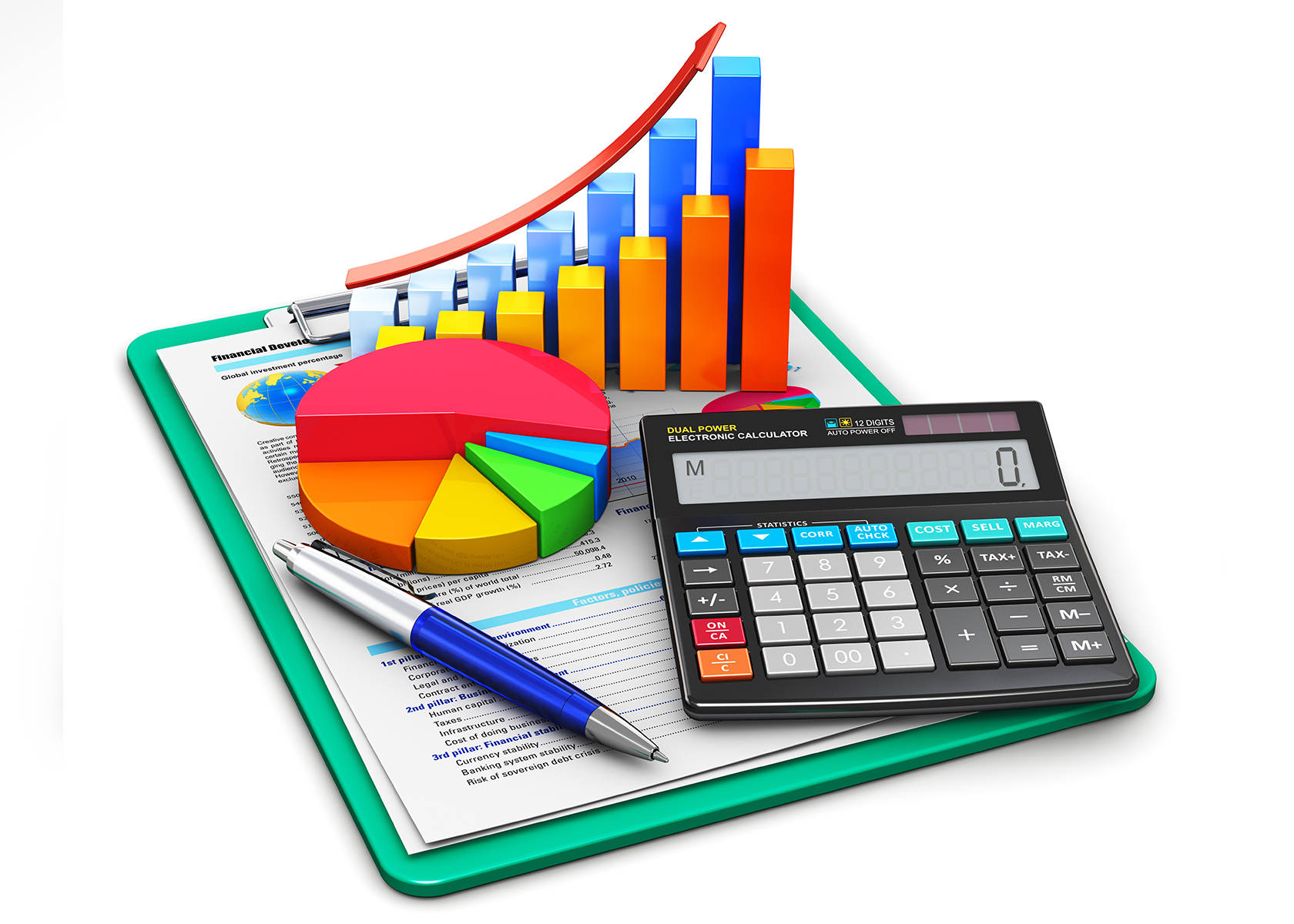
Build Your Own Investment Tracker: A Comprehensive Guide
In today’s fast-paced financial landscape, staying on top of your investments is more crucial than ever. While numerous investment tracking apps and platforms exist, building your own investment tracker offers unparalleled customization, control, and a deeper understanding of your financial portfolio. This comprehensive guide will walk you through the process of creating a personalized investment tracker that perfectly aligns with your unique needs and goals.
Why Build Your Own Investment Tracker?
Before diving into the how-to, let’s explore the compelling reasons to embark on this DIY project:
- Customization: Pre-built trackers often come with features you don’t need and lack those you desire. Building your own allows you to tailor every aspect to your specific investment strategies, asset classes, and reporting preferences.
- Data Privacy: Entrusting your financial data to third-party apps can raise privacy concerns. By creating your own tracker, you maintain complete control over your sensitive information.
- Cost-Effectiveness: Many advanced investment tracking apps come with subscription fees. Building your own can be a one-time investment of time and effort, saving you money in the long run.
- Enhanced Learning: The process of building a tracker deepens your understanding of investment metrics, data analysis, and financial management principles.
- Flexibility: As your investment strategy evolves, your custom tracker can adapt accordingly. You’re not locked into a rigid platform with limited customization options.
- Integration: You can integrate your tracker with other personal finance tools or spreadsheets, creating a unified view of your financial life.
Tools and Technologies
The beauty of building your own investment tracker is that you can choose the tools and technologies that best suit your technical skills and preferences. Here are some popular options:
- Spreadsheets (Google Sheets, Microsoft Excel): Spreadsheets are a versatile and accessible option for beginners. They offer a familiar interface, powerful formulas, and charting capabilities.
- Programming Languages (Python, R): If you have programming experience, Python or R can provide more advanced data analysis, automation, and visualization capabilities.
- Databases (SQL, NoSQL): For managing large datasets and complex investment portfolios, a database can offer scalability and efficiency.
- Web Development Frameworks (React, Angular, Vue.js): If you want to create a web-based tracker with a user-friendly interface, these frameworks can streamline the development process.
For the purpose of this guide, we will focus on using Google Sheets, as it is a readily available and user-friendly option for most individuals.
Step-by-Step Guide: Building an Investment Tracker with Google Sheets
-
Create a New Spreadsheet:
- Open Google Sheets and create a new spreadsheet.
- Name it something descriptive, like "My Investment Tracker."
-
Define Your Asset Classes:
- Determine the asset classes you want to track (e.g., Stocks, Bonds, Mutual Funds, ETFs, Real Estate, Cryptocurrency).
- Create separate sheets for each asset class. This will help organize your data and simplify calculations.
- You can also have a summary sheet which consolidates information from the different asset class sheets.
-
Design the Data Structure for Each Asset Class:
- In each asset class sheet, create the following columns:
- Asset Name: The name of the stock, bond, or other investment.
- Ticker Symbol: The unique identifier for the asset (e.g., AAPL for Apple stock).
- Purchase Date: The date you acquired the asset.
- Quantity: The number of shares or units you own.
- Purchase Price: The price you paid per share or unit.
- Current Price: The current market price per share or unit.
- Cost Basis: The total amount you invested (Quantity * Purchase Price).
- Current Value: The current market value of your investment (Quantity * Current Price).
- Gain/Loss: The difference between the current value and the cost basis.
- Percentage Gain/Loss: The percentage change in value.
- Dividends/Interest: Any income received from the asset.
- Notes: Any relevant notes or comments about the investment.
- In each asset class sheet, create the following columns:
-
Implement Formulas:
- Cost Basis: In the Cost Basis column, use the formula
=Quantity*Purchase Price. - Current Value: In the Current Value column, use the formula
=Quantity*Current Price. - Gain/Loss: In the Gain/Loss column, use the formula
=Current Value-Cost Basis. - Percentage Gain/Loss: In the Percentage Gain/Loss column, use the formula
=(Current Value-Cost Basis)/Cost Basis. - Total Investment: Use the
SUM()function in a separate cell at the bottom of the column to calculate the total investment amount in each sheet.
- Cost Basis: In the Cost Basis column, use the formula
-
Fetch Current Prices (Using Google Finance):
- Google Sheets has a built-in function called
GOOGLEFINANCE()that can retrieve real-time stock prices and other financial data. - In the Current Price column, use the formula
=GOOGLEFINANCE(Ticker Symbol, "price"). Replace "Ticker Symbol" with the actual ticker symbol of the asset. - Note that the data provided by Google Finance may be subject to delays.
- Google Sheets has a built-in function called
-
Create a Summary Sheet:
- In the Summary sheet, create columns for:
- Asset Class: (e.g., Stocks, Bonds, Mutual Funds).
- Total Investment: The total amount invested in each asset class.
- Total Value: The current market value of each asset class.
- Overall Gain/Loss: The total gain or loss for each asset class.
- Percentage Gain/Loss: The overall percentage gain or loss for each asset class.
- In the Summary sheet, create columns for:
-
Link Data from Asset Class Sheets to the Summary Sheet:
- Use the
SUM()function in the Summary sheet to pull the total investment, total value, and gain/loss data from each asset class sheet. - For example, if your Stocks sheet is named "Stocks" and the total investment is in cell B20, the formula in the Summary sheet would be
=Stocks!B20.
- Use the
-
Add Visualizations (Charts and Graphs):
- Select the data you want to visualize (e.g., asset allocation, portfolio performance).
- Click "Insert" > "Chart" and choose the appropriate chart type (e.g., pie chart for asset allocation, line chart for portfolio performance over time).
-
Enhancements and Customization:
- Conditional Formatting: Use conditional formatting to highlight investments that are performing well or poorly. For example, you can set the background color of the Gain/Loss column to green for positive values and red for negative values.
- Currency Conversion: If you invest in assets denominated in different currencies, use the
GOOGLEFINANCE()function to convert them to your base currency. - Transaction Tracking: Add columns for tracking individual transactions (e.g., buy, sell, dividend reinvestment).
- Goal Setting: Add a section to set investment goals and track your progress towards them.
- Alerts: Set up email alerts to notify you when certain investments reach specific price targets.
- Automation (Using Google Apps Script): For advanced users, Google Apps Script can be used to automate tasks such as fetching data from external sources, sending email notifications, and generating reports.
Best Practices and Tips
- Accuracy is Key: Double-check all data entries to ensure accuracy.
- Regularly Update: Keep your tracker up-to-date with the latest prices and transactions.
- Backup Your Data: Regularly back up your spreadsheet to prevent data loss.
- Keep It Simple: Start with a basic tracker and gradually add more features as needed.
- Protect Your Data: Consider password-protecting your spreadsheet to prevent unauthorized access.
Conclusion
Building your own investment tracker can be a rewarding and empowering experience. By taking the time to create a customized tool, you gain greater control over your finances, deepen your understanding of investments, and save money on subscription fees. While it may require some initial effort, the long-term benefits of having a personalized investment tracker are well worth the investment of your time and energy. Remember to start simple, focus on accuracy, and continuously refine your tracker to meet your evolving needs. Happy investing!



